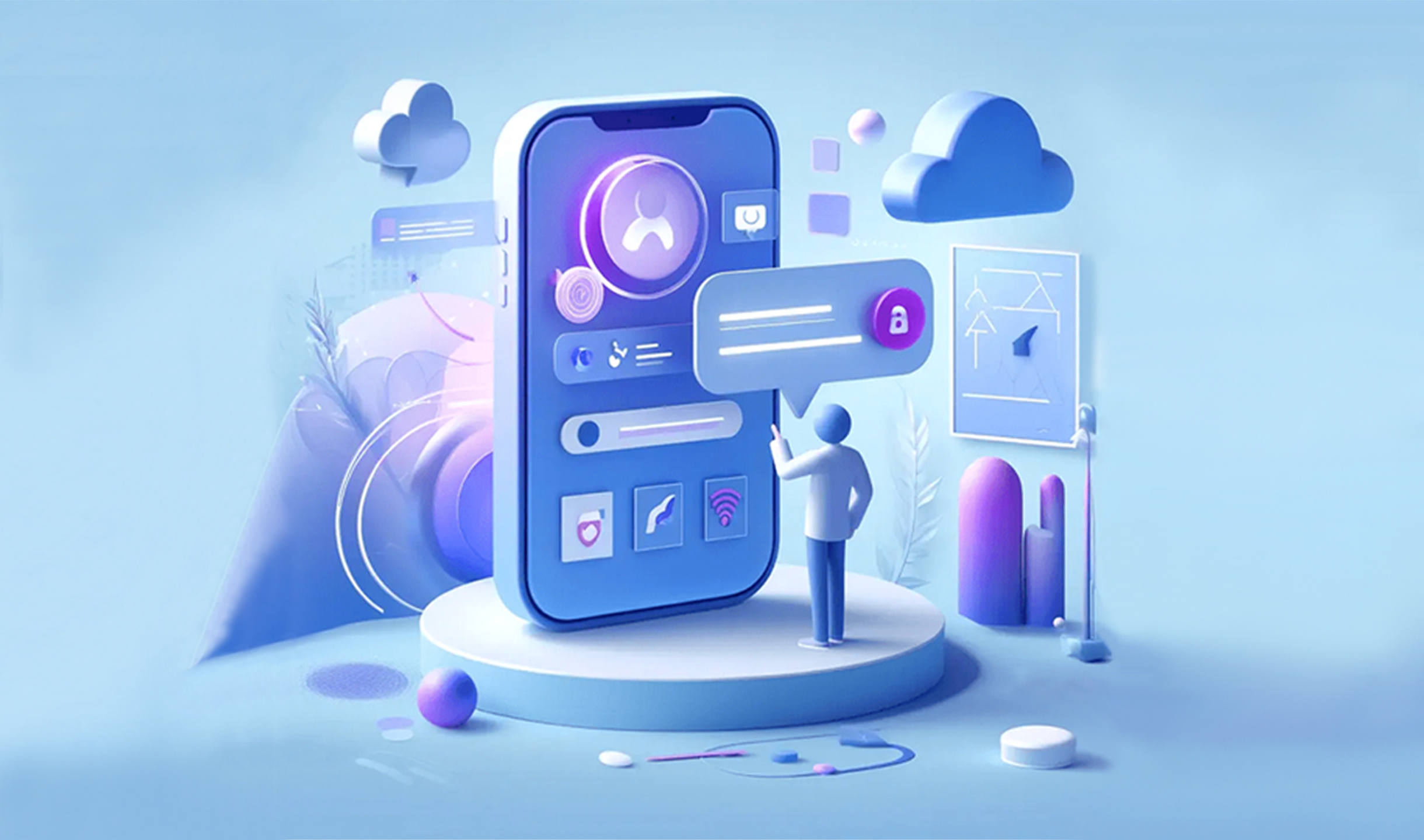How To Avoid User Fatigue When Sending Push Notifications

Push notifications are a powerful tool in the arsenal of digital marketers and app developers. They serve as direct communication channels, allowing app creators to engage users, share updates, and drive retention. However, an overly aggressive approach can lead to user fatigue, where frequent or irrelevant notifications cause frustration, leading to app abandonment.
User fatigue is a significant challenge, but it can be managed with the right strategies. This post will delve into understanding the causes of push notification fatigue and offer practical solutions to mitigate its effects.
Understanding User Fatigue with Push Notifications
User fatigue arises when notifications become more of a nuisance than a benefit. Several factors contribute to this phenomenon:
- Frequency: Sending too many notifications in a short period can overwhelm users.
- Relevance: Notifications that aren’t personalized or relevant to the user’s interests can be perceived as spam.
- Timeliness: Notifications sent at inappropriate times (e.g., during work hours or late at night) can irritate users.
Strategies for Managing User Fatigue
Personalization is critical to making notifications feel valuable rather than intrusive. You can send more targeted messages by segmenting your audience based on behavior, preferences, and demographics. Techniques include:
- Behavioral Targeting: Customize notifications based on user activity within the app.
- Demographic Segmentation: Tailor content to match the interests and needs of different user groups.
- Contextual Relevance: Use data-driven insights to ensure notifications align with the current context or location of the user.
Additionally, A/B testing allows you to experiment with different notification strategies to determine what works best. This involves:
- Testing Timing: Experiment with various times and days of the week to find optimal engagement periods.
- Content Variations: Test different messages and call-to-actions to see which resonates most with your audience.
It's also imperative for marketers to actively seek and implement user feedback can significantly reduce fatigue. For example, you can consider:
- Surveys and Polls: Collect user opinions on notification preferences.
- Preference Centers: Different users have different preferences. Allow users to customize their notification settings, choosing the types and frequency of messages they wish to receive.
Case Studies and Examples
Several companies have successfully managed push notification fatigue by implementing strategic approaches. For instance:
- Netflix: Netflix utilizes personalized notifications based on user's viewing history and preferences to recommend new shows and movies. This tailored approach significantly enhances user engagement. A study revealed that personalized recommendations contribute to over 75% of the content watched on Netflix. By sending relevant and timely notifications, Netflix maintains high user satisfaction and reduces the likelihood of users feeling overwhelmed or annoyed by irrelevant messages.
- Starbucks: Starbucks leverages geofencing technology to send time-sensitive offers when users are near store locations. This strategy effectively increases foot traffic and sales, as users receive notifications about promotions, discounts, or new products precisely when they are most likely to act on them. According to data, location-based marketing drives a 20% increase in conversion rates. By ensuring that notifications are both timely and relevant, Starbucks successfully engages customers without causing notification fatigue.
Future Trends and Best Practices
The future of push notifications lies in further personalization and smarter technology. Trends to watch include:
- Voice-Activated Notifications: With the rise of voice assistants, notifications could evolve to be delivered through auditory means.
- Adaptive Algorithms: AI will continue to enhance the personalization and relevance of notifications.
To sustain user engagement without causing fatigue, consider the following best practices:
- Respect User Preferences: Always prioritize user choices and feedback.
- Maintain a Balanced Approach: Strive for a balance between engagement and non-intrusiveness.
- Continuously Optimize: Review and refine your notification strategies based on data and user feedback.
Conclusion
Managing user fatigue from push notifications is crucial for maintaining high user engagement and satisfaction. You can create a more effective and user-friendly notification system by understanding the factors contributing to fatigue, implementing strategic measures, and leveraging advanced tools and technologies.
Ready to enhance your push notification strategy? Start implementing these tips today to see a notable improvement in user engagement and app retention. Click the link below to learn more!


